Buddhist Traditions and Transformations at The Met, NY
‘Devotional Buddhist Art of North India and Tibet‘, a selection of extraordinary Himalayan paintings, sculpture and illuminated manuscripts, ancient and modern, is on show until June 8, 2014 in the South Asian Art Gallery at The Metropolitan Museum, New York.
In the eleventh and twelfth centuries, Tibetan and Indian monks regularly crossed the Himalayas and orchestrated a great sharing of ideas, texts and devotional works of art. The search for outside influences to enrich the Tibetan Buddhist visual traditions was triggered by a period of political and religious unrest. Pilgrimages to important monastic universities and Bodhgaya (where the Buddha reached enlightenment) ensued and North Indian palm leaf manuscripts had a profound impact on Tibetan painting.Following the intense cultural exchange, various different approaches to the Buddha’s teachings emerged. All of them stemming in their own ways from the lesson that the present moment is the only true reality; the past only a fiction based on imperfect memories. From this perspective all of the work on show, regardless of age becomes contemporary the moment a new audience encounters it. More recent works by Gonkar Gyatso and Tenzing Rigdol are shown alongside the ancient works, an interesting opportunity to witness the continuing artistic endeavour to give form to elusive Buddhist notions.

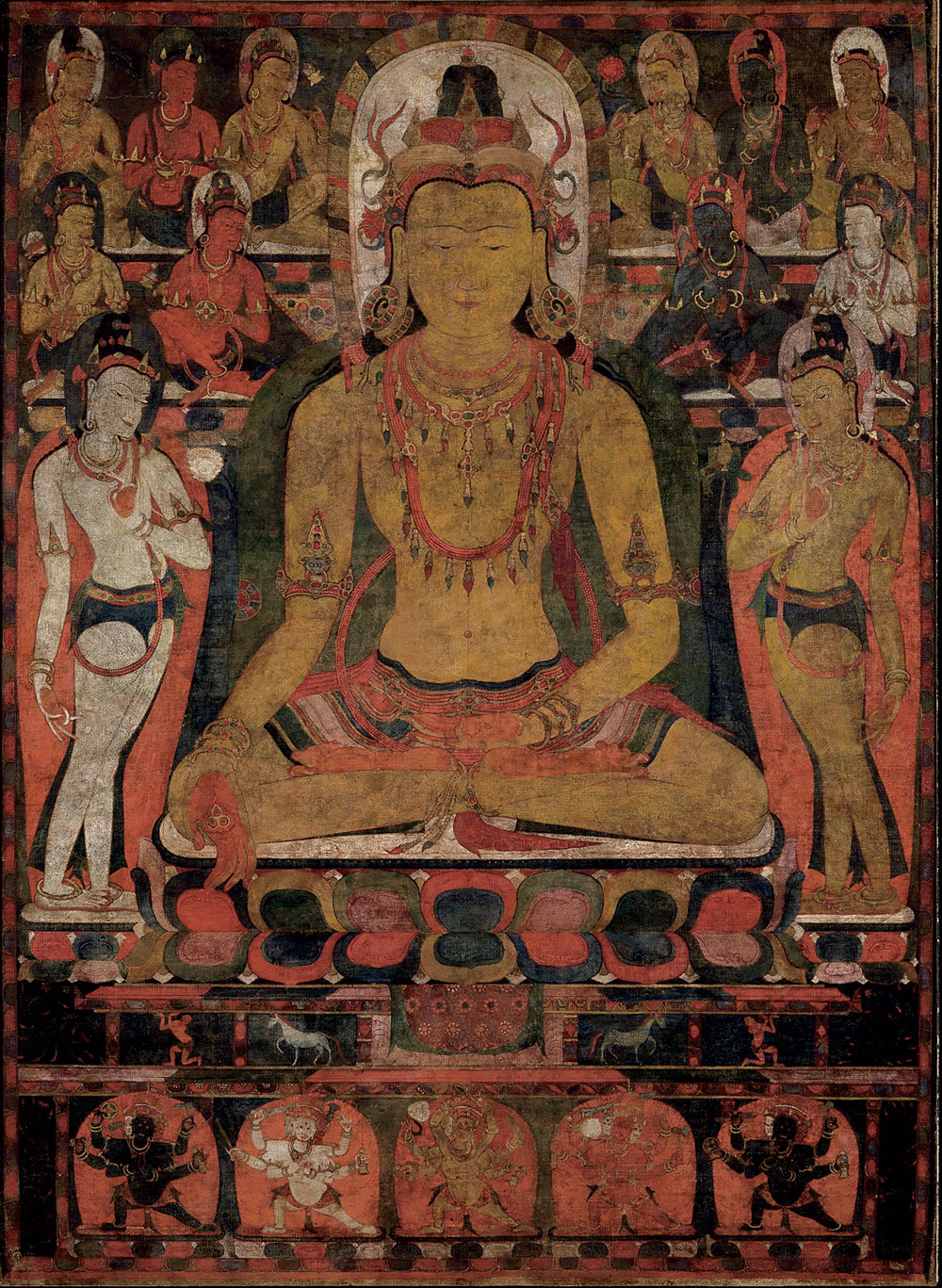
Ratnasambhava, the Buddha of the Southern Pure Land, Tibet, late 11th Century
Mineral and organic pigments on cloth, Image: 30 3/4 × 22 1/2 in. (78.1 × 57.2 cm)
Lent by Michael J. and Beata McCormick Collection. Photo: courtesy of The Metropolitan Museum of Art
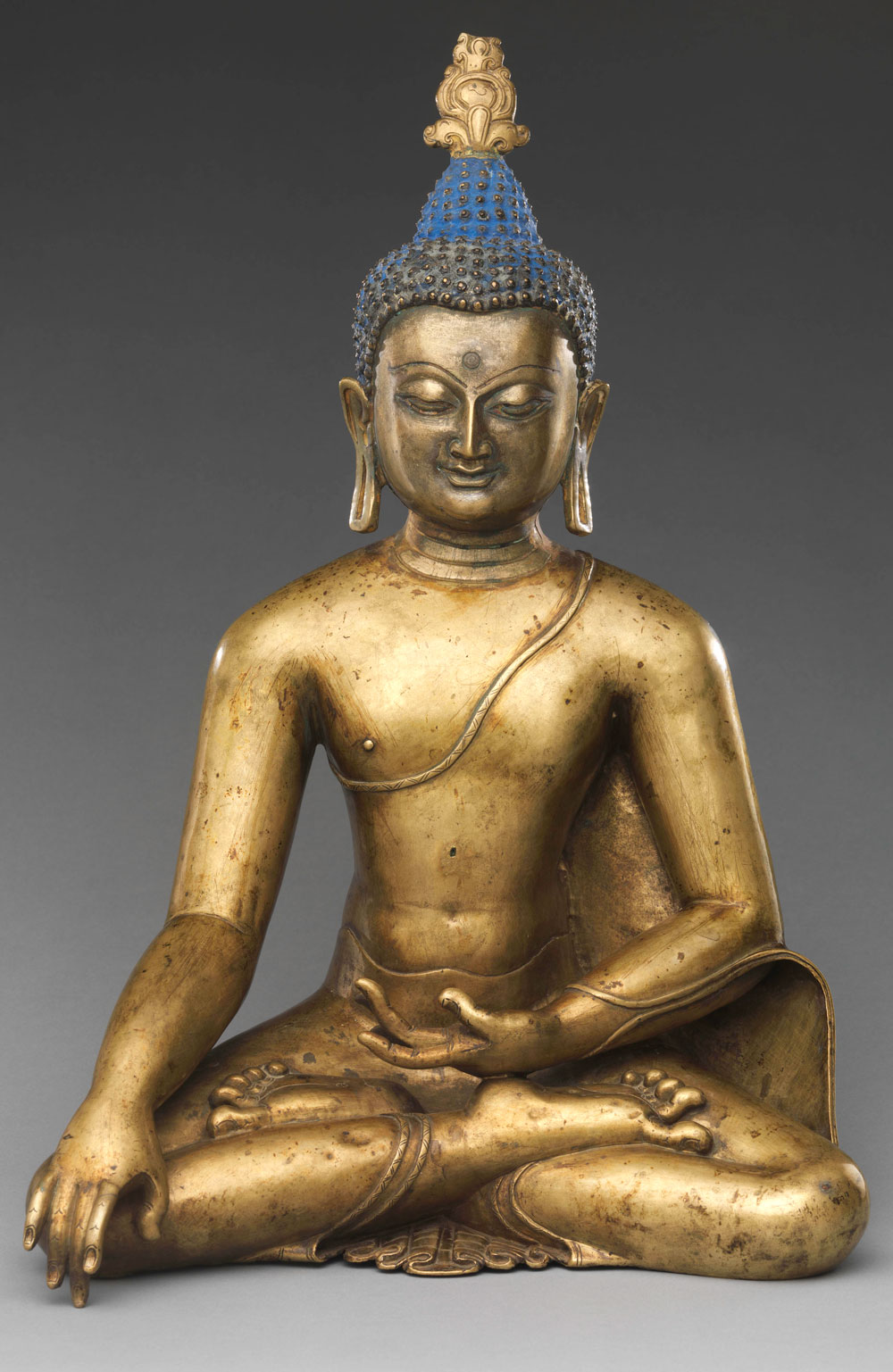
Seated Buddha Reaching Enlightenment, Central Tibet, 11th–12th century
Brass with colored pigments, H. 15 1/2 in. (39.4 cm); W. 10 7/16 in. (26.5 cm); D. 8 5/8 in. (21.9 cm)
Purchase, Lila Acheson Wallace, Oscar L. Tang, Anthony W. and Lulu C. Wang and Annette de la Renta Gifts, 2012
Photo: courtesy of The Metropolitan Museum of Art


Six-Armed Avalokitesvara Expounding the Dharma: Folio from a Manuscript of the Ashtasahasrika Prajnaparamita (Perfection of Wisdom)
India (West Bengal) or Bangladesh, Pala period, early 12th century
Opaque watercolor on palm leaf 2 3/4 x 16 1/2 in. (7 x 41.9 cm)
Purchase, Lila Acheson Wallace Gift, 2001, Photo: courtesy of The Metropolitan Museum of Art
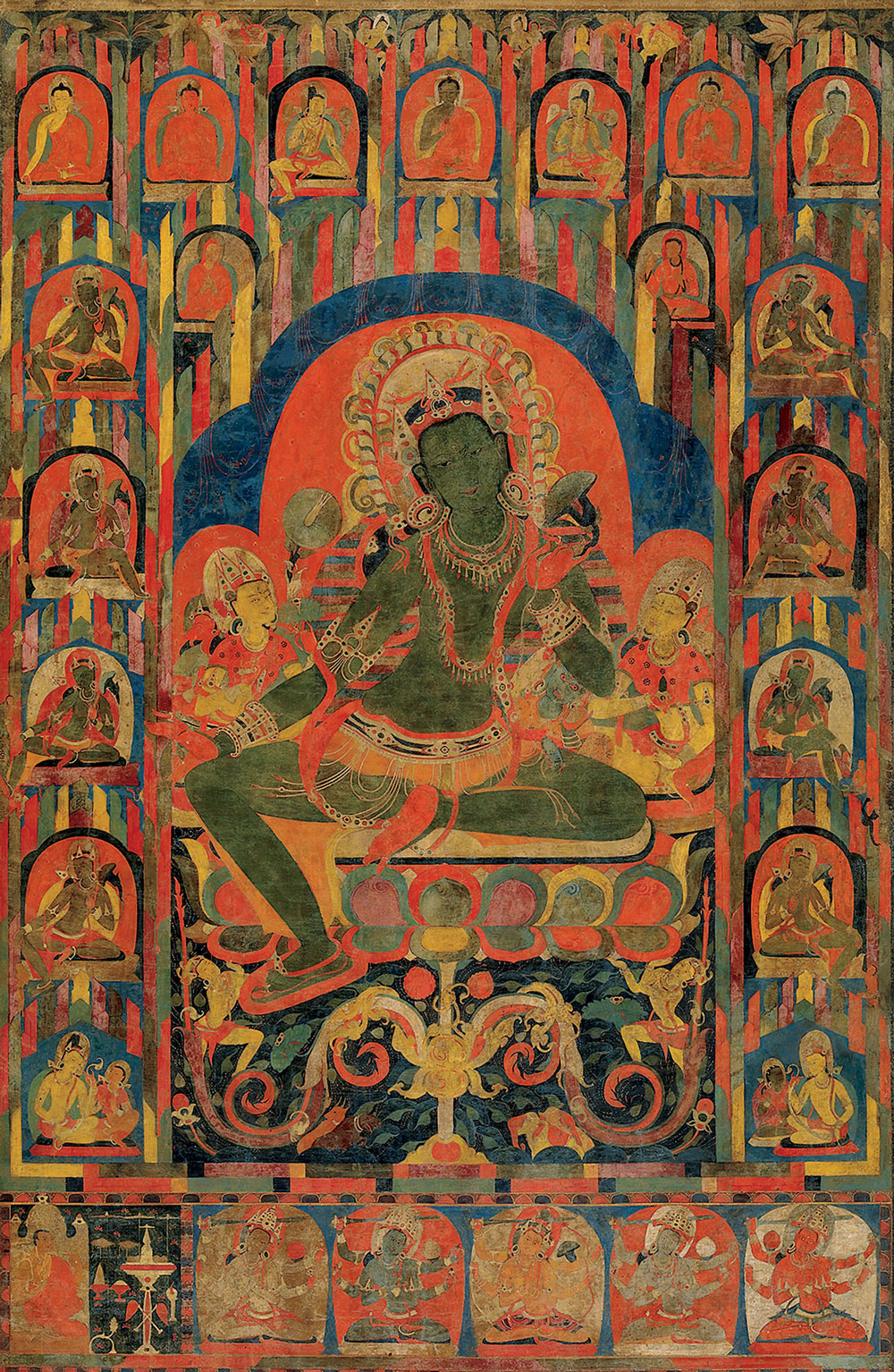
Ashtamahabhaya Tara, Tibet, Reting Monastery, 12th century
Mineral and organic pigments on cloth, 48 × 31 1/2 in. (121.9 × 80 cm)
The Walters Art Museum, Baltimore, Maryland (John and Berthe Ford Collection)

Crowned Buddha, India (Bihar), Pala period, Kurkihar style, 10th–11th century
Bronze inlaid with silver, lapis lazuli, and rock crystal
H. 12 5/8 in. (32.1 cm); W. 7 1/8 in. (18.1 cm); D. 5 1/4 in. (13.3 cm)
Gift of Miriam and Ira D. Wallach Foundation, 1993
Photo: courtesy of The Metropolitan Museum of Art

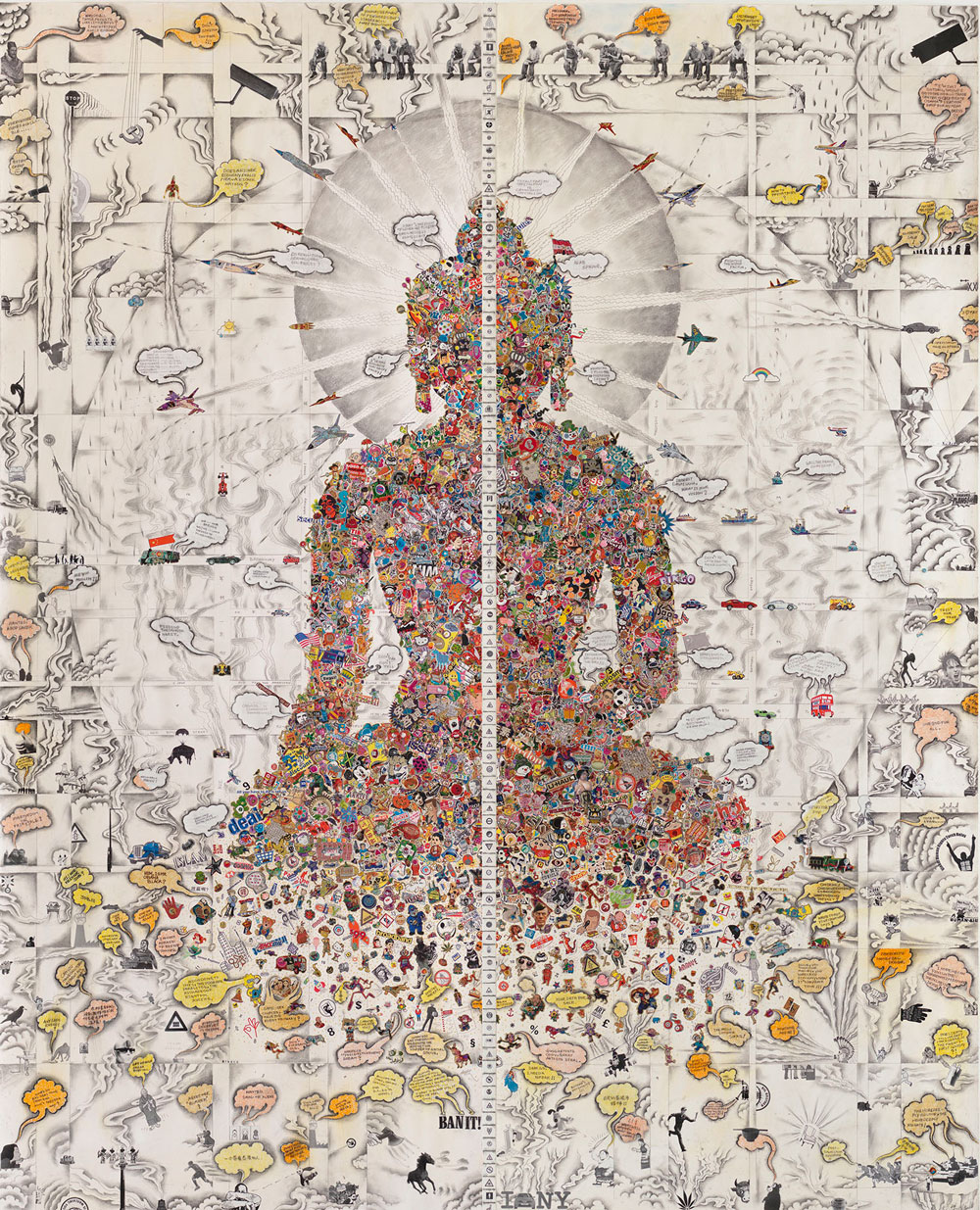
Dissected Buddha by Gonkar Gyatso (born Lhasa, 1961), Tibet, 2013
Collage, stickers, pencil and colored pencil and acrylic on paper, 9 ft. 2 1/4 in. × 90 1/2 in. (280 × 229.9 cm)
Promised Gift of Margaret Scott and David Teplitzky. © Gonkar Gyatso
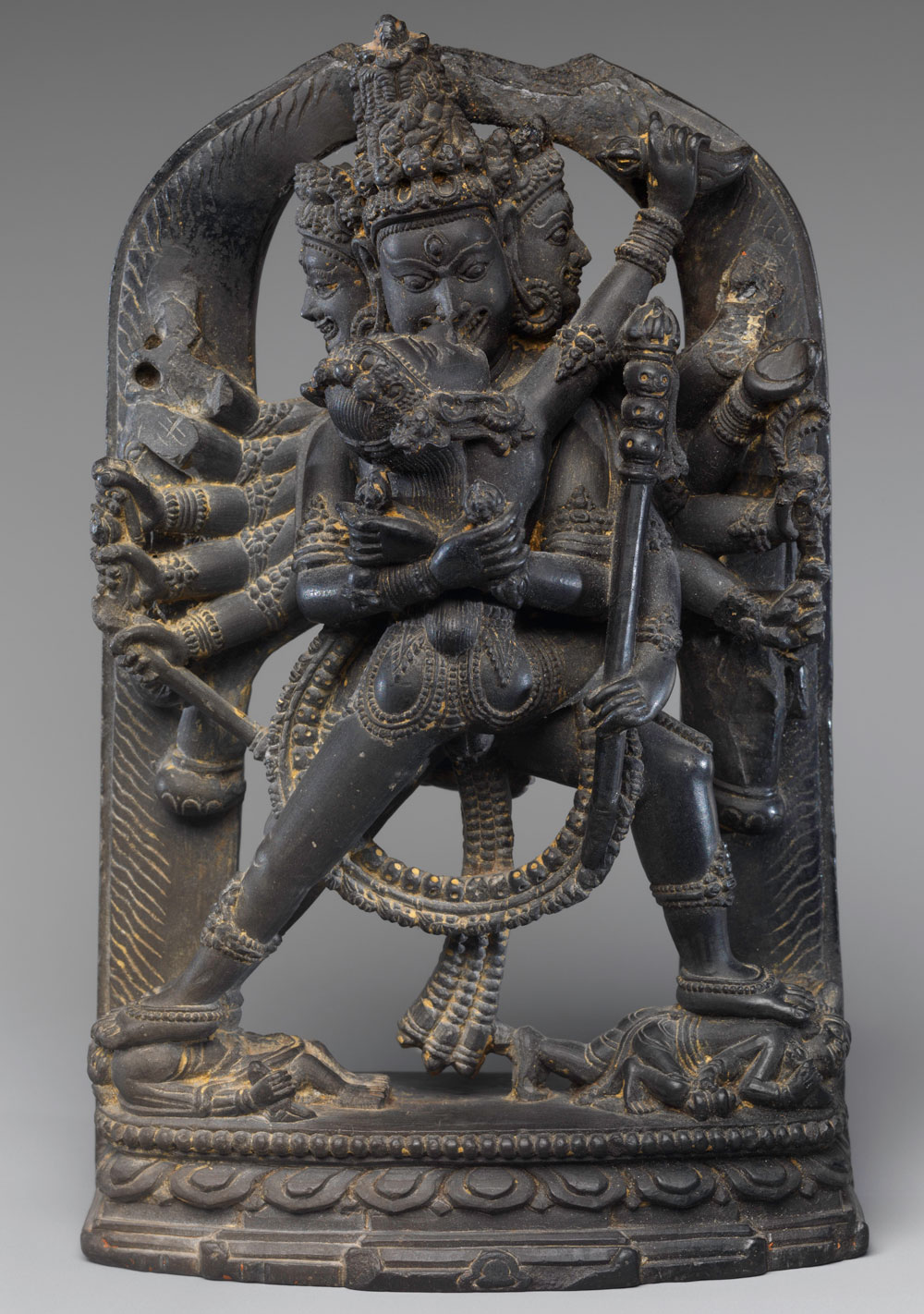
Twelve-Armed Chakrasamvara and His Consort Vajravarahi, India, west Bengal or Bangladesh, ca. 12th century
Phyllite, H. 5 in. (12.7 cm); W. 3 1/8 in. (7.9 cm); D. 1 1/2 in. (3.8 cm)
Gift of Mr. and Mrs. Perry J. Lewis, 1988, Photo: courtesy of The Metropolitan Museum of Art



























Comments [0] Sign in to comment